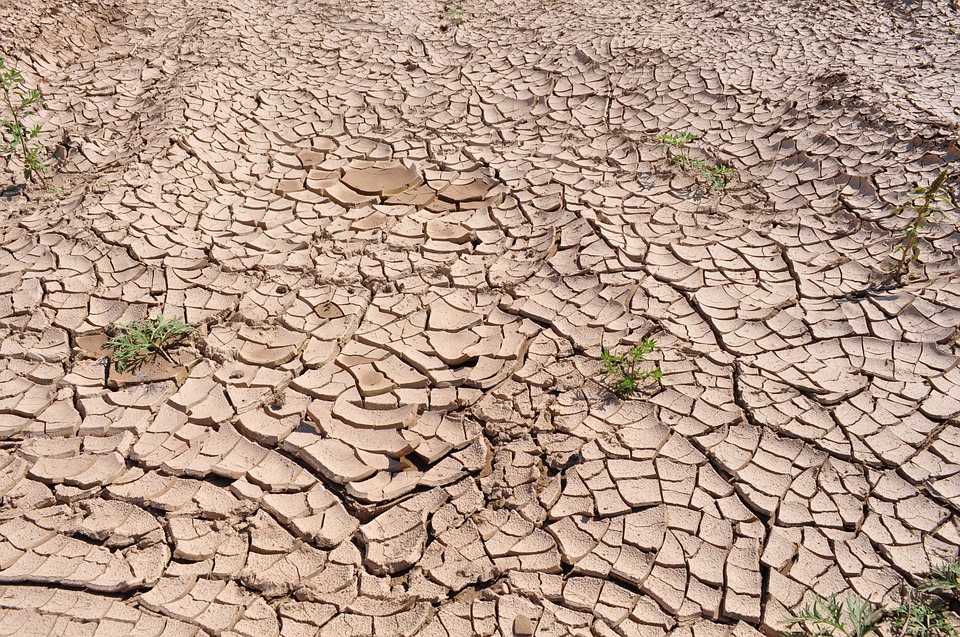How Are Ice Cores Used to Learn About Ancient Climates? Unlocking Earth’s Climate History
Studying ancient climates is crucial for understanding current climate change, as it provides context for the rapid changes we observe today. Ice cores serve as invaluable tools in this research, offering a unique glimpse into Earth’s climate history over hundreds of thousands of years.
What Are Ice Cores?
Ice cores are cylindrical samples extracted from ice sheets and glaciers, primarily located in regions like Antarctica, Greenland, and high mountain ranges. These cores consist of layers that accumulate annually, much like tree rings, allowing scientists to analyze climate data year by year. Each layer captures atmospheric conditions at the time of its formation, preserving a chronological record of environmental changes.
What Information Do Ice Cores Contain?
Ice cores are rich in data that scientists can analyze to gain insights into past climates:
– Gas Bubbles: Trapped gases, such as carbon dioxide (CO₂) and methane (CH₄), provide a snapshot of historical atmospheric composition.
– Isotopic Ratios: Variations in oxygen and hydrogen isotopes within the ice indicate temperature fluctuations over time.
– Dust, Ash, and Pollutants: Particles found in the ice reveal evidence of volcanic eruptions, wildfires, and human pollution.
– Other Impurities: Salts, sea spray, and pollen contribute additional context about past environmental conditions.
How Scientists Analyze Ice Core Data
To extract and analyze data from ice cores, scientists employ various techniques:
– Gas Extraction: Specialized methods are used to retrieve gases from bubbles trapped in the ice.
– Isotope Measurement: Isotope Ratio Mass Spectrometry (IRMS) is commonly used for precise measurements of isotopic ratios.
– Dating Methods: Scientists date ice layers using techniques such as identifying volcanic ash or analyzing gas composition to correlate with known historical events.
These analyses allow researchers to reconstruct past temperatures, atmospheric conditions, and climate cycles.
Key Discoveries from Ice Core Studies
Ice core research has led to several significant findings:
– Glacial and Interglacial Cycles: Ice cores have elucidated patterns of glacial and interglacial periods over millennia.
– Natural CO₂ Levels: Studies show a correlation between natural CO₂ levels and historical temperature changes.
– Abrupt Climate Changes: Evidence from ice cores highlights instances of rapid climate shifts and their relationship with greenhouse gas concentrations.
– Human Impact: Recent layers of ice cores have documented industrial pollution, confirming human influence on climate change.
The Importance of Ice Cores in Climate Science
Ice cores are essential for understanding both natural climate variability and anthropogenic impacts on the atmosphere. They provide long-term data that modern measurements cannot offer, making them invaluable for climate models that predict future scenarios.
Challenges in Ice Core Research
Despite their importance, ice core research faces several challenges:
– Drilling Difficulties: Collecting ice cores requires significant logistical effort due to extreme polar conditions.
– Data Interpretation Issues: Mixed layers can complicate data analysis, and dating errors may arise from melting or other factors.
– Geographical Limitations: Reliable ice core samples are only available from specific regions, limiting the scope of research.
FAQs
– How far back in time can ice cores provide climate data?
Ice cores can provide data extending back up to 800,000 years or more through ongoing projects aiming to reach deeper layers.
– Why are polar ice cores more valuable than those from other areas?
Polar ice cores typically contain more stable records due to lower temperatures and less disturbance compared to lower latitude glaciers.
– Can ice cores show evidence of human pollution?
Yes, recent layers in ice cores have captured pollutants from industrial activities.
– How accurate is the climate information from ice cores?
While generally reliable, accuracy can be affected by factors such as melting or mixing within the ice layers.
– What is the longest ice core ever drilled?
The longest recorded ice core extends from Antarctica and reaches depths that provide a continuous record for hundreds of thousands of years.
– Do ice cores provide evidence of past climate change events?
Yes, they reveal significant historical climate events and trends that inform our understanding of current changes.
Conclusion
Ice cores play a pivotal role in unlocking Earth’s climatic history. They not only help scientists understand past climates but also highlight the significance of ongoing climate change. Protecting these natural archives is essential for future research into our planet’s climatic evolution.

Kyle Whyte is a notable scholar and professor at the University of Michigan, holding positions such as the George Willis Pack Professor in the School for Environment and Sustainability and Professor of Philosophy. Specializing in environmental justice, his work critically examines climate policy and Indigenous peoples’ ethics, emphasizing the nexus between cooperative scientific endeavors and Indigenous justice. As an enrolled Citizen Potawatomi Nation member, he brings a vital perspective to his roles as a U.S. Science Envoy and member of the White House Environmental Justice Advisory Council. His influential research is supported by various prestigious organizations including the National Science Foundation, and disseminated through publications in high-impact journals. Kyle actively contributes to global Indigenous research methodologies and education, with affiliations to numerous institutes and societies dedicated to traditional knowledge and sustainability. Recognized for his academic and community engagement, Kyle has earned multiple awards and served in various visiting professorships. His efforts extend to leadership positions on boards and committees focused on environmental justice nationwide.
